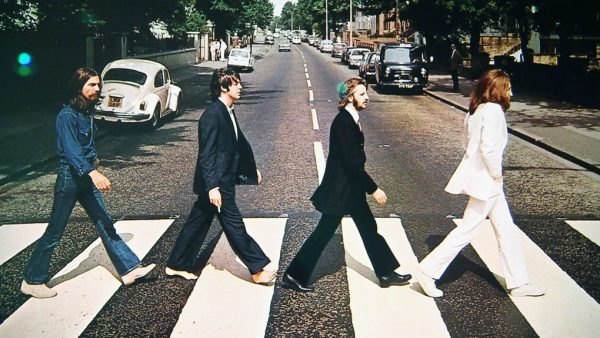Getting to know a killer
By JARED PURCELL
You Editor
Valentine’s Day is not the only day involving hearts in February. In fact, everyday in February is a heart day since the month is also known as American Heart Month.
Congress started American Heart Month in 1963 and many health and medical organizations, including the American Heart Association, have joined in full support of the movement. The ultimate goal for many health organizations is to raise awareness and funds for research in order to combat the alarming levels of cardiovascular diseases.
CVD remains the No. 1 killer of Americans. The AHA reports that 36 percent of the 2.4 million deaths in America are due to CVD.
Types of CVD include stroke, high blood pressure, congestive heart failure, congenital cardiovascular defects, hardening of the arteries and other diseases of the circulatory system.
Oakland students were polled on what they thought was the number one killer in America and only 34 percent correctly answered heart disease.
Senior communications major Christina Linguido believes that America’s problem with obesity is one of the main contributors to the rise in CVD.
“Our country is very obese,” said Linguido. “People don’t take care of themselves enough. We eat fast food and we’re always on the go that people don’t have the time to do anything healthy.”
Dr. David E. Haines is the chief of cardiovascular medicine at Beaumont Hospitals and he affirms Linguido’s thoughts.
“Obesity directly has an adverse effect on the heart,” said Haines. “The epidemic of obesity is undoing what we’ve done in advances. Unfortunately, the better we get at treating the diseases, the worse patients get at taking care of themselves.”
Cigarette smoking is also another risk factor for heart disease. Smoking causes those who are young and healthy to develop heart diseases earlier in life.
According to a Nov. 2007 Associated Press article, there is a recent surge of heart disease death rates in women under 45. Some experts believe that obesity and other risk factors contribute to the problem.
For nearly every age group, heart disease is a top five killer and it steadily moves up the list at around age 20 according to the Centers for Disease Control and Prevention.
The AHA reports that 105.2 million people age 20 or older high are at risk of heart disease because they have cholesterol levels at or above 200mg/dL. Normal is considered below 200mg/dL.
“If people have a history of cardiovascular disease in their family, they should get their heart checked starting in their college years,” said Haines. “Get checked at least every five years until you are 40 and then more often after.”
Haines recommended that a healthy lifestyle is the best way to avoid CVD.
“A healthy diet should emphasize leafy vegetables, carbohydrates and minimize fats and minimize large servings of meat,” said Haines. “Eating fish is good, baked or broiled. Fish oil capsules are good for omega 3 fatty-acids. You can also climb the stairs instead of using an elevator or take bigger and better-paced steps when walking.”
If cardiovascular problems are still an issue even though you lead an active lifestyle, there are medications such as Lipitor and other treatments that can help combat heart problems.
Haines said that anyone looking to know more about heart health can check out Beaumont Hospital’s free checklist tool available on their Web site at www.beaumonthospitals.com. The AHA also has information available to educate the public about the different kinds of CVD on their Web site at www.americanheart.org.
Emily Black, a freshman communications major at Oakland, encourages everyone to act now in order to combat future heart problems that may arise.
“If you’re too out of shape, your heart can be affected,” said Black. “If you don’t do something now, it will affect you later on.”







